The use of Artificial Intelligence, or AI, is growing rapidly in the medical field, especially in diagnostics and management of treatment. To date there has been a wide range of research into how AI can aid clinical decisions and enhance physicians' judgement.
Accurate diagnosis is a fundamental aspect of global healthcare systems. In the US, approximately 5% of outpatients receive an incorrect diagnosis, with errors being particularly common for serious medical conditions, and carrying the risk of serious patient harm.
In recent years, AI and machine learning have emerged as powerful tools for assisting diagnosis. This technology could revolutionise healthcare by providing more precise diagnoses.
Last year, scientists at Babylon, a global tech company focusing on digital health, found a new way to use machine learning to diagnose disease. They developed new AI symptom checkers which they believe could help reduce diagnostic mistakes in primary care.
The new approach overcomes the limitations of earlier versions by using causal reasoning in its machine learning. Previously, diagnoses were based solely on correlations between symptoms and the most likely cause.
Writing in Nature Communications, Dr Jonathan Richens and colleagues outlined their new approach, which includes the ability to “imagine” the possibility of a patient’s symptoms being due to a range of different conditions.
Dr Richens explained, "We took artificial intelligence with a powerful algorithm, and gave it the ability to imagine alternate realities and consider 'would this symptom be present if it was a different disease'? This allows the artificial intelligence to tease apart the potential causes of a patient's illness and score more highly than over 70% of the doctors on these written test cases."
This method could provide diagnoses in regions where access to doctors is limited, according to Dr Ali Parsa, CEO of Babylon. He commented, "Half the world has almost no access to healthcare. So it's exciting to see these promising results in test cases. This should not be sensationalised as machines replacing doctors, because what is truly encouraging here is for us to finally get tools that allow us to increase the reach and productivity of our existing healthcare systems.
“Artificial intelligence will be an important tool to help us all end the injustice in the uneven distribution of healthcare, and to make it more accessible and affordable for every person on Earth."
Another group of scientists, from the University of Bonn, Germany, have found a technique using AI that can improve the diagnosis of leukaemia from blood samples. They developed a machine learning programme based on evaluating blood or bone marrow for the presence of cancer of the lymphatic system.
Dr Peter Krawitz and colleagues say the method improves a number of measurement values and "increases the speed as well as the objectivity of the analyses, compared to established processes". The freely accessible machine learning method can now be used by small laboratories with reduced resources, they report.
Dr Krawitz explained that sample analysis using flow cytometry is very time-consuming. "With 20 markers, the doctor would already have to compare about 150 two-dimensional images," he said, "that's why it's usually too costly to thoroughly sift through the entire data set."
The team explored how AI could be used to carry out flow cytometry testing. They trained their AI programme with information from over 30,000 data sets from patients with B-cell lymphoma. Full details were published recently in the journal Patterns.
Co-author Dr Nanditha Mallesh said, "AI takes full advantage of the data and increases the speed and objectivity of diagnoses. The result of the AI evaluations is a suggested diagnosis that still needs to be verified by the physician."
Dr Krawitz added, "The gold standard is diagnosis by haematologists, which can also take into account results of additional tests. The point of using AI is not to replace physicians, but to make the best use of the information contained in the data."
The team point out that, in contrast to classical diagnostic methods based on interpretation of results by human experts, AI and machine learning-based approaches have the potential for low cost per sample, once the system is trained.
For example, they analyzed over 12,000 samples from more than 100 individual studies to show that combining machine learning and gene expression profiling can "yield highly effective and robust diagnostic classifiers". Such classifiers could, in the future, potentially assist in primary diagnosis of this disease particularly in settings where hematological expertise is not sufficiently available or too costly.
Furthermore, they believe that similar analyses may be useful for other diseases when analyzing whole blood or gene expression profiles, or for multiple conditions in parallel. This would allow diagnosis of several conditions at essentially the same marginal cost per additional sample. Such approaches could lead to large efficiency gains in the future.
In the UK, researchers at Queen Mary University of London have found a way to use AI to analyse blood from rheumatoid arthritis patients and predict their response to treatment in advance.
This involved the identification of new biomarkers that serve as indicators of the effectiveness of disease modifying anti-rheumatic drugs, which do not benefit around half of patients. Levels of certain small molecules involved in regulating inflammation could predict the body’s ability to benefit from these drugs.
AI analysis of blood samples highlighted those who would be responsive to treatment and those who would not. Details were published in Nature Communications. Lead author, Professor Jesmond Dallifrom, said, “Currently a large proportion of patients are unresponsive to disease modifying anti-rheumatic drugs and are therefore unnecessarily exposed to their side effects.
“In addition, it can currently take up to six months from treatment initiation to determine whether someone will or will not respond to these medicines. For the patients who do not respond to the treatment, the disease gets worse before they are able to find a treatment that is more likely to work for them.”
The team are now beginning a larger study to check whether their findings are widely applicable to rheumatoid arthritis patients.
A separate UK-based team have developed machine learning technology that can spot several of the underlying red flags for a future heart attack. Professor Charalambos Antoniades at the University of Oxford, and colleagues created a new biomarker which they call the 'fat radiomic profile'.
It was discovered using machine learning to detect biological red flags in the perivascular space lining blood vessels which supply blood to the heart. Details appeared in the European Heart Journal, where the authors explain that it identifies inflammation, scarring and changes to these blood vessels.
The team hopes this will be a significant improvement on the current approach when a patient arrives at hospital with chest pain. The new method was developed after testing fat biopsies from 167 people undergoing cardiac surgery, to analyse the expression of genes associated with inflammation, scarring and new blood vessel formation.
Professor Antoniades said, “Just because someone’s scan of their coronary artery shows there’s no narrowing, that does not mean they are safe from a heart attack. By harnessing the power of AI, we’ve developed a fingerprint to find ‘bad’ characteristics around people’s arteries. This has huge potential to detect the early signs of disease, and to be able to take all preventative steps before a heart attack strikes, ultimately saving lives.”
A research team in India, led by Dr Vathsala Patil of the Manipal Academy of Higher Education in Karnataka, looked at the potential of AI to improve the work of radiologists. In a recent journal article they write, "Evolution in hardware and software application has led to an escalating number of tasks performed by machines that were initially unimaginable. The most noteworthy tool has been the introduction of learning algorithms. Tasks can now be performed, which were previously limited to humans, thus indicating that these algorithms have significantly improved recently."
They highlight the potential for deep learning algorithms, which they describe as "comparatively less challenging to train" and "able to outdo the performance of other AI approaches and medical experts in specific tasks such as recognizing pneumonia on imaging scans".
"The acquired information can be used throughout the clinical care path to improve diagnosis and treatment planning, as well as assess the potential and subsequent response to treatment," they write.
However, despite these and many more significant research efforts, algorithms have struggled to achieve the overall diagnostic accuracy of doctors. Future studies should continue to determine the effectiveness of AI algorithms as a clinical support system for diagnosis, guiding doctors by providing a second opinion.
It may be that combining whole-genome and a range of other patient data for use by machine learning algorithms will ultimately allow early detection, diagnosis, differential diagnosis, subclassification, and outcome prediction in an integrated fashion.
As Dr Jonathan Richens and colleagues at Babylon conclude, "It is likely that the combined diagnosis of doctor and algorithm will be more accurate than either alone."
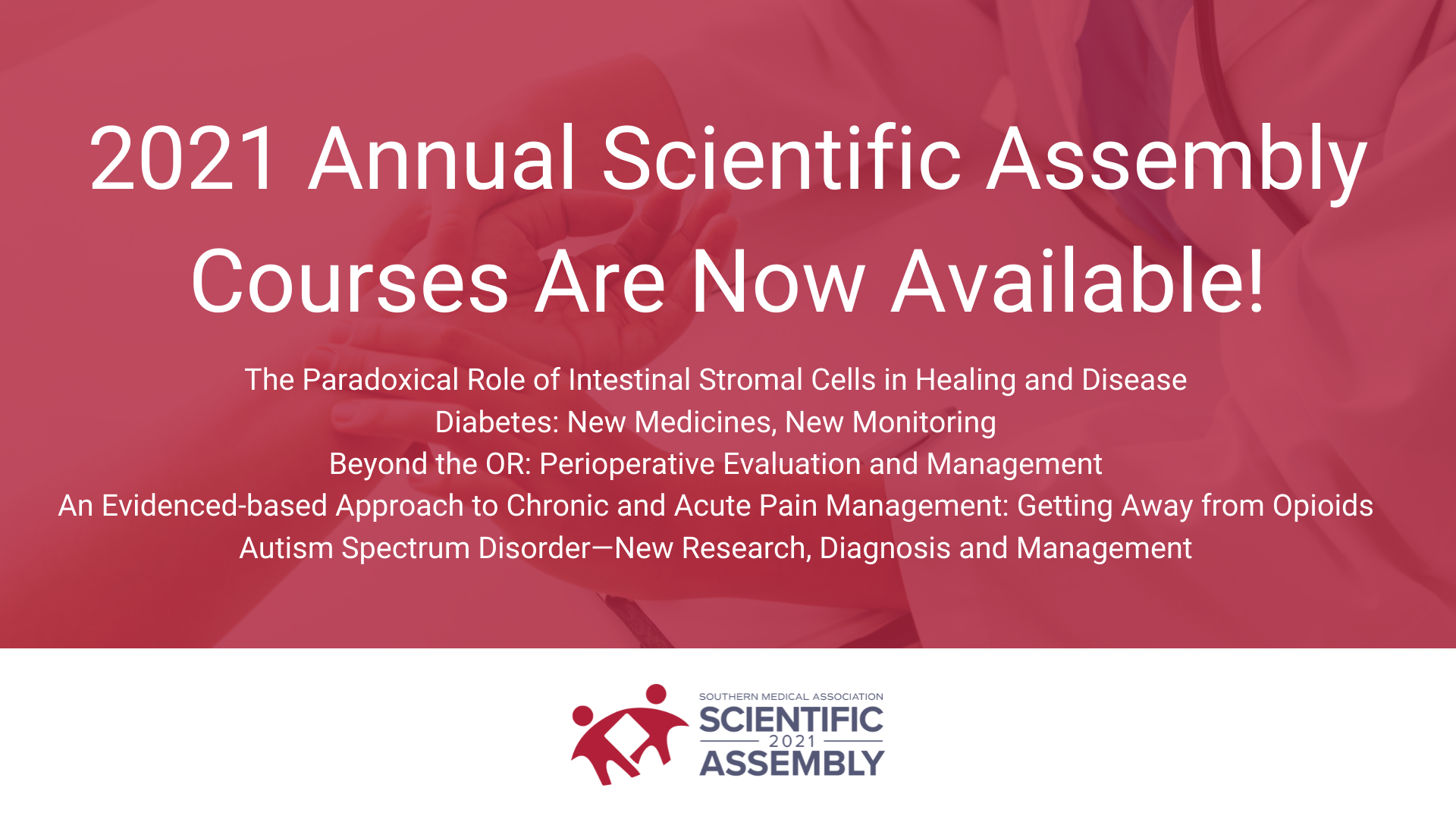


 Carissa Anthony is the Prevention and Development Coordinator for Homewood City Schools and serves as the Coordinator of the Safe & Healthy Homewood Coalition. She has over 20 years of experience in prevention.
Carissa Anthony is the Prevention and Development Coordinator for Homewood City Schools and serves as the Coordinator of the Safe & Healthy Homewood Coalition. She has over 20 years of experience in prevention. 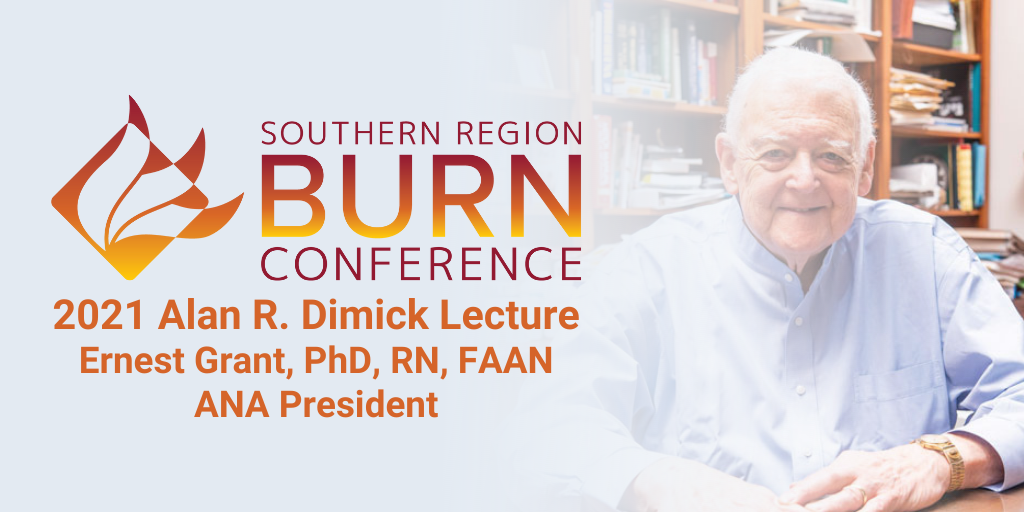
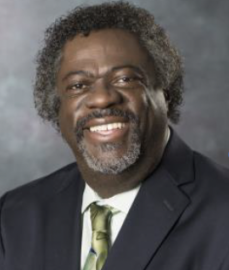 A distinguished leader, Dr. Grant has more than 30 years of nursing experience and is an internationally recognized burn-care and fire-safety expert. He previously served as the burn outreach coordinator for the North Carolina Jaycee Burn Center at University of North Carolina (UNC) Hospitals in Chapel Hill. In this role, Grant oversaw burn education for physicians, nurses, and other allied health care personnel and ran the center’s nationally acclaimed burn prevention program, which promotes safety and works to reduce burn-related injuries through public education and the legislative process. Grant also serves as adjunct faculty for the UNC-Chapel Hill School of Nursing, where he works with undergraduate and graduate nursing students in the classroom and clinical settings.
A distinguished leader, Dr. Grant has more than 30 years of nursing experience and is an internationally recognized burn-care and fire-safety expert. He previously served as the burn outreach coordinator for the North Carolina Jaycee Burn Center at University of North Carolina (UNC) Hospitals in Chapel Hill. In this role, Grant oversaw burn education for physicians, nurses, and other allied health care personnel and ran the center’s nationally acclaimed burn prevention program, which promotes safety and works to reduce burn-related injuries through public education and the legislative process. Grant also serves as adjunct faculty for the UNC-Chapel Hill School of Nursing, where he works with undergraduate and graduate nursing students in the classroom and clinical settings.


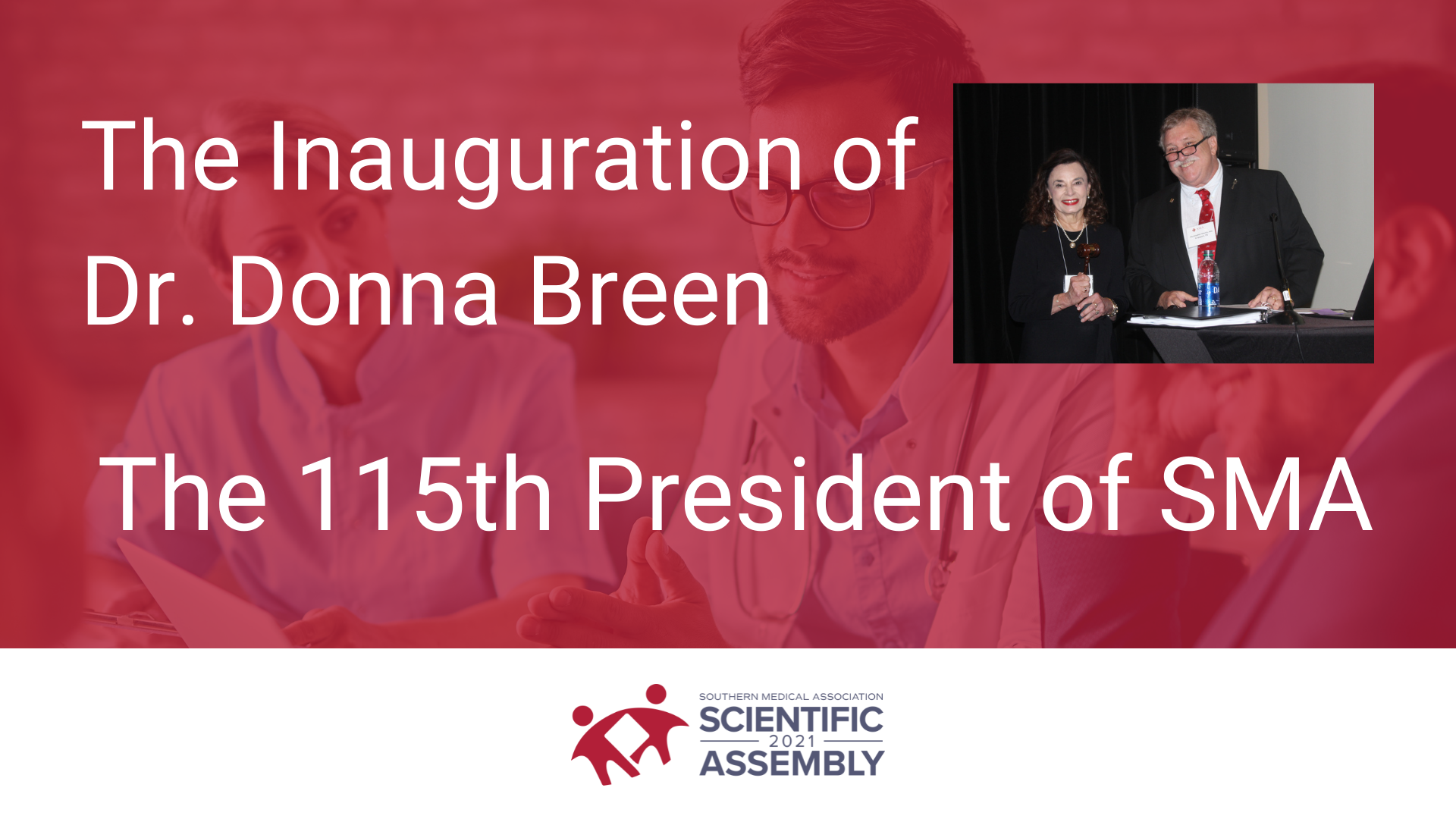

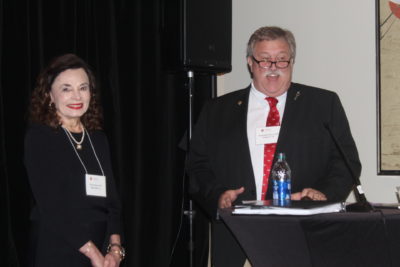
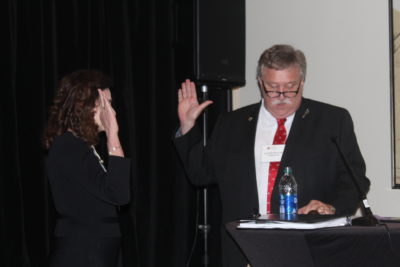

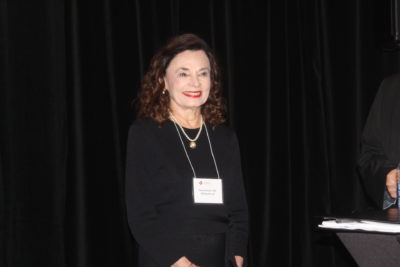
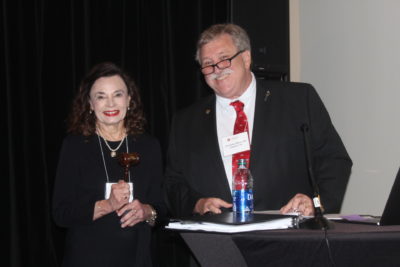
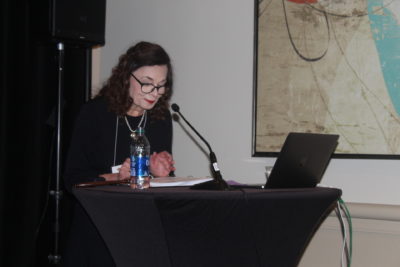
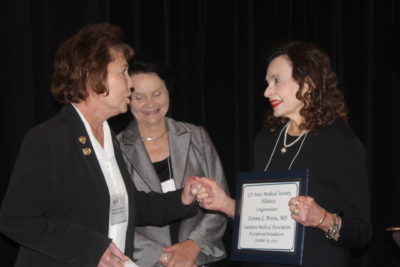
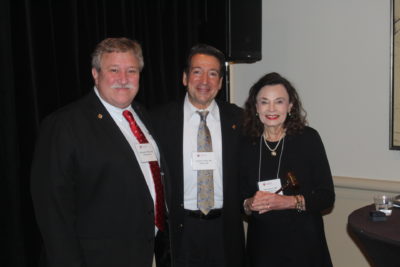
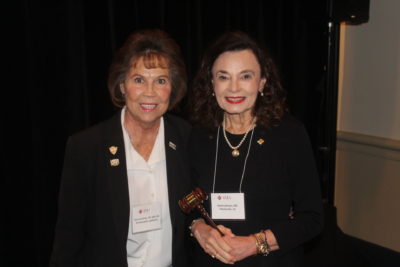
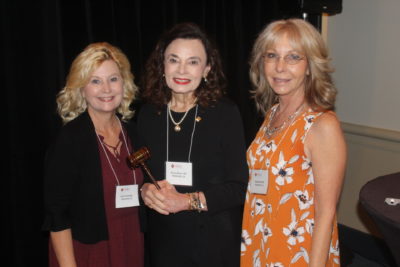

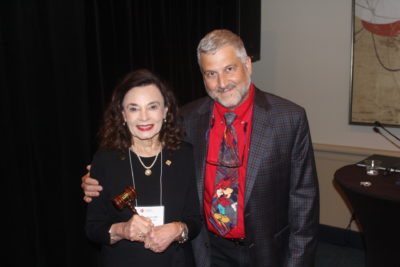


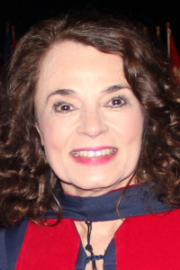 I am an Otolaryngologist practicing general ENT and allergy for the past 30 years in Marksville, Louisiana after finishing my residency at Tulane Medical Center in 1988. I graduated from University of Alabama Medical School cum laude in 1983. Also, I completed a fellowship in Otolaryngic Allergy in 1992. I am proud to serve the needs of a semirural small town community and take care of adults and children with ear, nose, and throat problems who would have to travel many miles for their care.
I am an Otolaryngologist practicing general ENT and allergy for the past 30 years in Marksville, Louisiana after finishing my residency at Tulane Medical Center in 1988. I graduated from University of Alabama Medical School cum laude in 1983. Also, I completed a fellowship in Otolaryngic Allergy in 1992. I am proud to serve the needs of a semirural small town community and take care of adults and children with ear, nose, and throat problems who would have to travel many miles for their care.



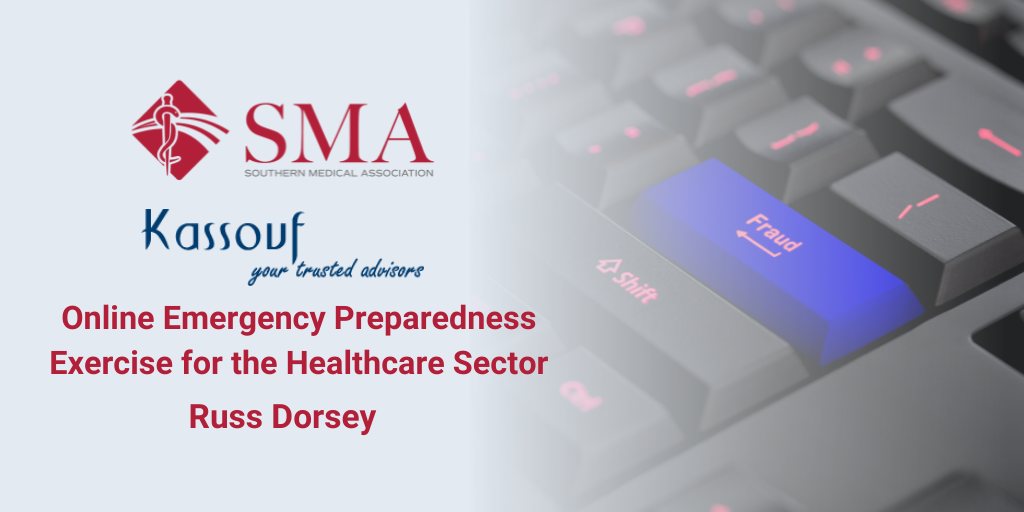
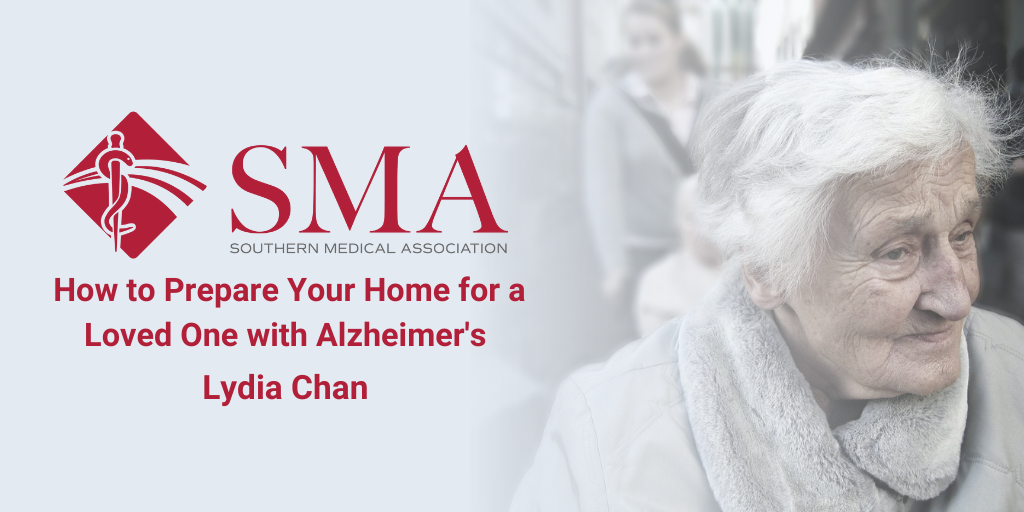
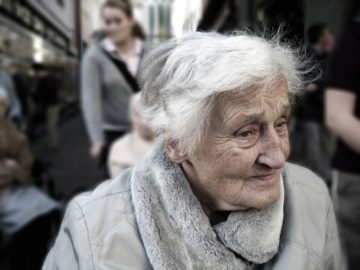 For the 5.4 million Americans with
For the 5.4 million Americans with










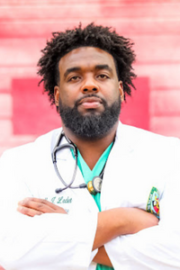
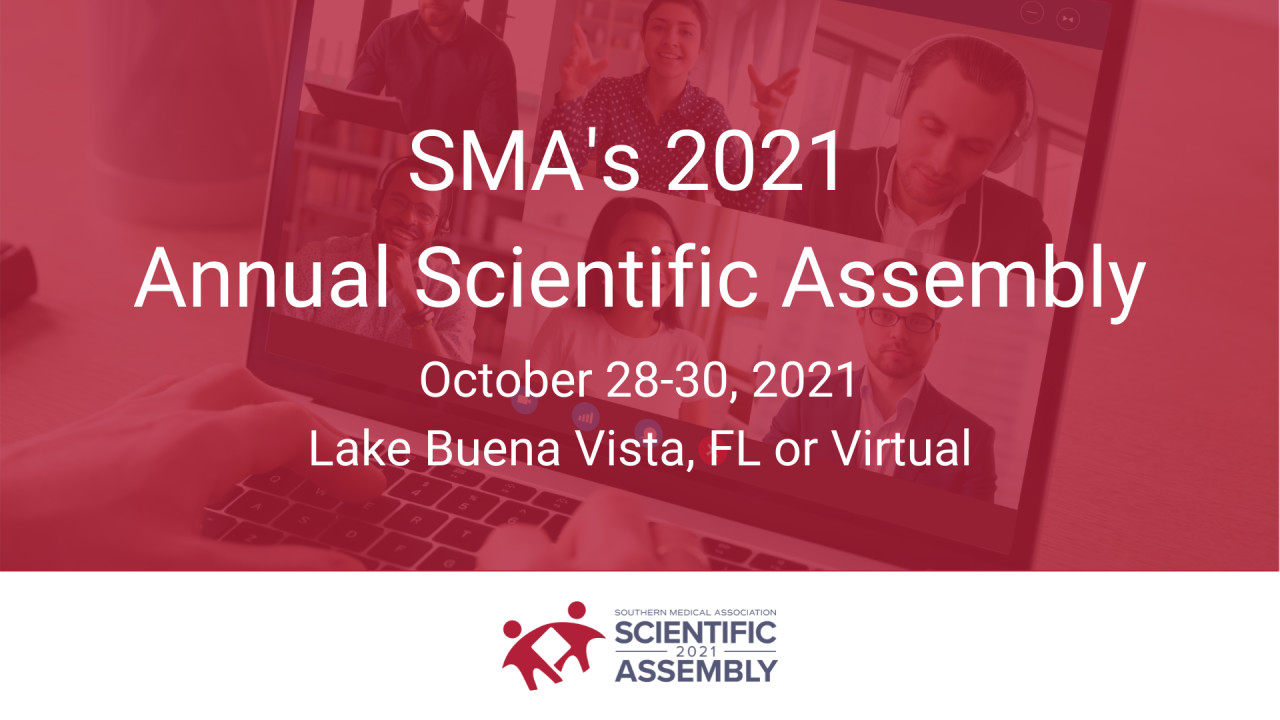
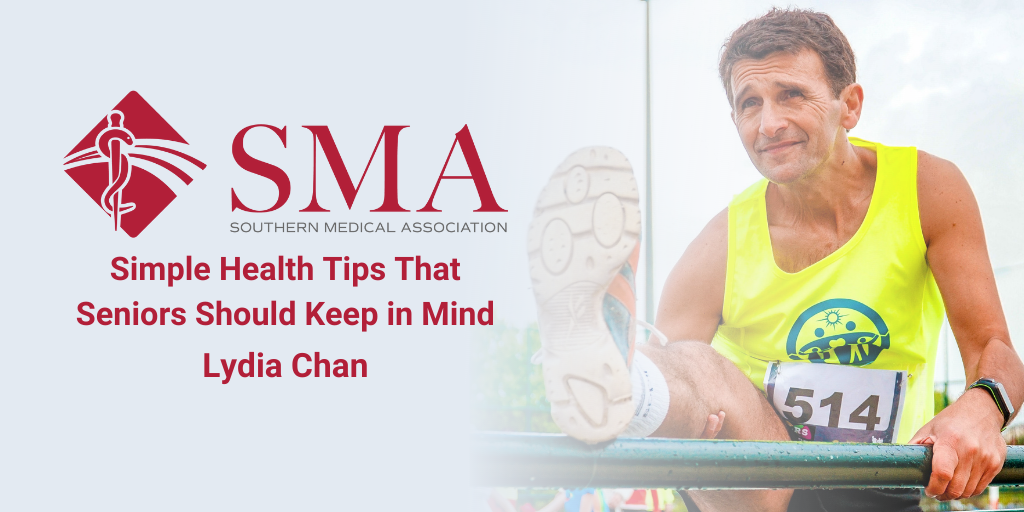
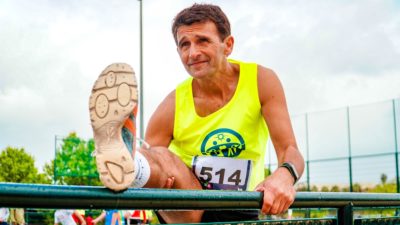 As you get older, your body isn’t as resilient as it was when you were younger. You may notice that your workouts become more difficult or that it takes longer to recover from a simple cold. Investing time and effort into everyday healthy habits becomes even more important as you age. This will allow you to stay fit and make the most of your later years. Find out how to maintain your well-being with these simple health tips for seniors, presented below by the
As you get older, your body isn’t as resilient as it was when you were younger. You may notice that your workouts become more difficult or that it takes longer to recover from a simple cold. Investing time and effort into everyday healthy habits becomes even more important as you age. This will allow you to stay fit and make the most of your later years. Find out how to maintain your well-being with these simple health tips for seniors, presented below by the

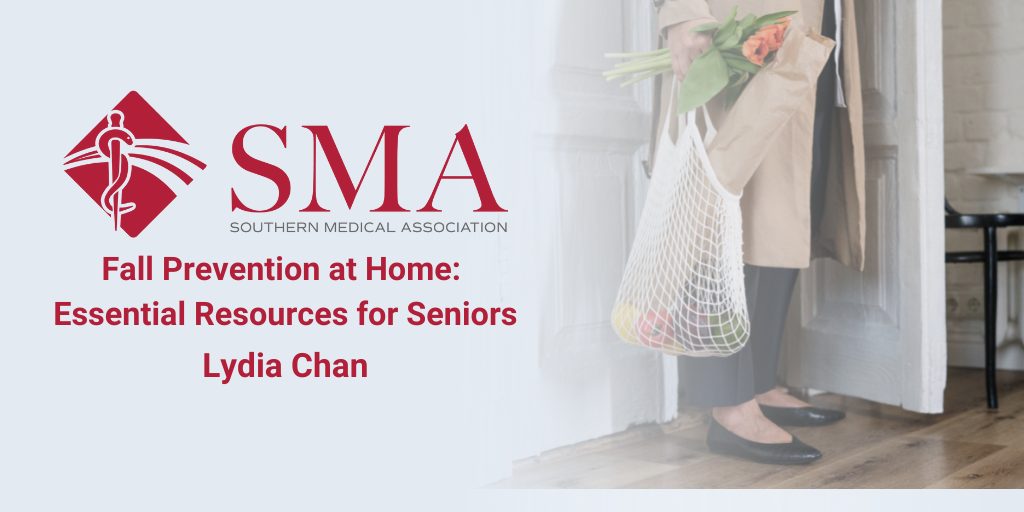
 Most seniors would prefer to age-in-place rather than move into an assisted living or nursing home. While living at home can offer greater independence to seniors, this housing choice comes with a few safety concerns. Household accidents, particularly falls, are dangerously common among the senior population. Acknowledging this risk and taking steps to eliminate fall hazards will help you live a long and happy life in the place you call home.
Most seniors would prefer to age-in-place rather than move into an assisted living or nursing home. While living at home can offer greater independence to seniors, this housing choice comes with a few safety concerns. Household accidents, particularly falls, are dangerously common among the senior population. Acknowledging this risk and taking steps to eliminate fall hazards will help you live a long and happy life in the place you call home.